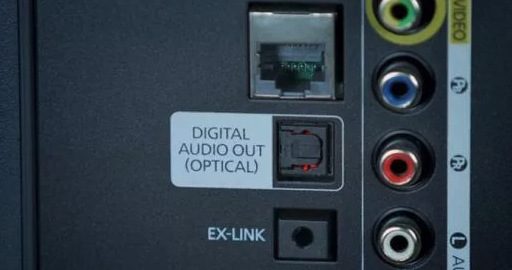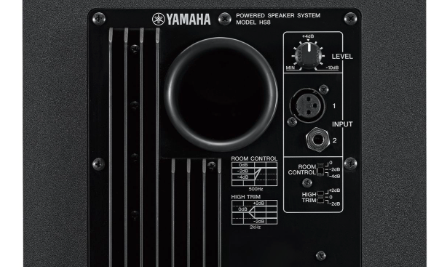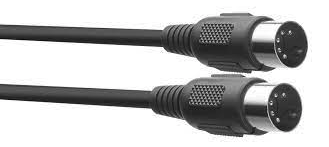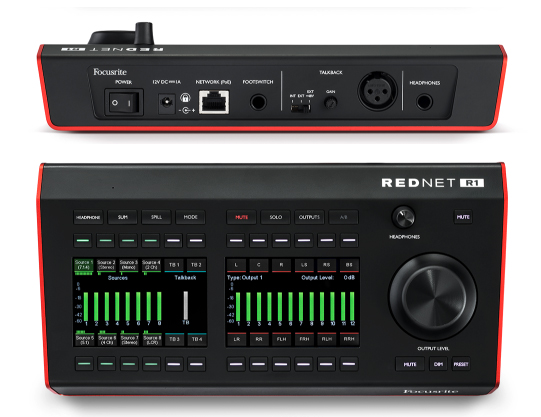Various Types of Audio and Video Cables: A Complete Guide
- Admin
- Jan 30, 2024
- 3 min read
Updated: Feb 5
For audio and video enthusiasts—whether in music production, live streaming, broadcasting, or recording—understanding the different types of cables is crucial. Each cable type serves a specific function, ensuring seamless connectivity and optimal performance. However, mispronouncing cable names or misunderstanding their uses is common. In this article, we will explore the most commonly used audio and video cables and their functions.
1. ADAT (Alesis Digital Audio Tape)
ADAT, also known as Optical cables, is frequently used to expand inputs on an audio interface with optical input-output capabilities. Typically paired with an external preamp, ADAT connections can handle up to 8 simultaneous inputs at 48 kHz sample rate. When using a 96 kHz sample rate, the channel capacity reduces to 4 inputs.


2. FireWire
Developed by Apple in the 1990s, FireWire (IEEE 1394) gained popularity in professional audio and video hardware. It was first introduced in Macintosh computers in 1999 and became a standard for high-speed data transfer in professional setups. Although newer technologies have largely replaced FireWire, it was once widely used in audio interfaces and external hard drives.
3. USB (Universal Serial Bus)
USB is one of the most widely used connection types, found in laptops, PCs, smartphones, and other digital devices. Here are its main variations:
USB Type A: Commonly used in PCs, flash drives, external hard drives, Wi-Fi and Bluetooth dongles.
USB Type B: Often found in printers, fax machines, and professional audio equipment like MIDI controllers and audio interfaces.
USB Micro B: Popular in older smartphones and portable external hard drives.
USB Type C: The latest standard, featuring a reversible design. USB Type C supports Thunderbolt speeds (up to 40 Gbit/s) and is widely used in modern devices.

*It's important to note that the USB type is different from the USB generation. For example, a USB Type C connector that still uses USB2.0 bandwidth will have a maximum speed of only 480 Mbit/s.
4. S/PDIF (Sony/Philips Digital Interface Format)
S/PDIF is used for digital audio transmission, similar to ADAT but with a limitation of 2 channels (20-bit depth). Using 24-bit audio on S/PDIF can sometimes introduce jitter (signal timing errors).
5. XLR (3-Pin Connector)
Designed by James H. Cannon, the XLR cable—also called a Canon cable—is essential for professional audio. It provides balanced connections (three pins: +, -, and ground), making it ideal for condenser microphones and stage lighting.
6. BNC (Bayonet Neill-Concelman)
BNC cables synchronize the sample rate between an audio interface and an external preamp. Additionally, this connector is widely used in wireless receiver antennas, broadcast video transmission (SDI), and television antenna setups.
*Fun fact: This connector is also used to connect antennas to televisions.
7. TS (Tip-Sleeve)
A TS cable is an unbalanced (mono) connector commonly used for electric guitars, keyboards, and other musical instruments. It consists of two sections: the tip (signal) and sleeve (ground).
8. TRS (Tip-Ring-Sleeve)
TRS cables provide a balanced (stereo) connection and are widely used for headphones, speaker monitors, and professional audio equipment.
9. RCA (Radio Corporation of America)
RCA cables, developed in the 1940s, are widely used in consumer audio and video devices. They typically feature yellow (video), red (right audio), and white (left audio) connectors. RCA cables are also used for S/PDIF digital coaxial connections.
10. MIDI (Musical Instrument Digital Interface)
MIDI cables, standardized in 1983, connect electronic musical instruments to computers, allowing communication with DAW (Digital Audio Workstation) software. MIDI 2.0 is currently in development to enable bidirectional communication and network capabilities.
11. RJ45 (Registered Jack-45)
RJ45 connectors are commonly used in networking but also serve in Audio over Ethernet (AoE) and Audio over Internet Protocol (AoIP) systems. Bandwidth capabilities range from 1 Gbps to 10 Gbps or more, with audio networking protocols such as Dante and Ravenna.
Conclusion
Selecting the right cable is essential for maintaining signal integrity and achieving the best audio and video performance. Whether you're a musician, content creator, or AV technician, understanding these various cable types will help you make informed connectivity choices.
For high-quality audio equipment and accessories, visit Seruniaudio.com.














































Comments